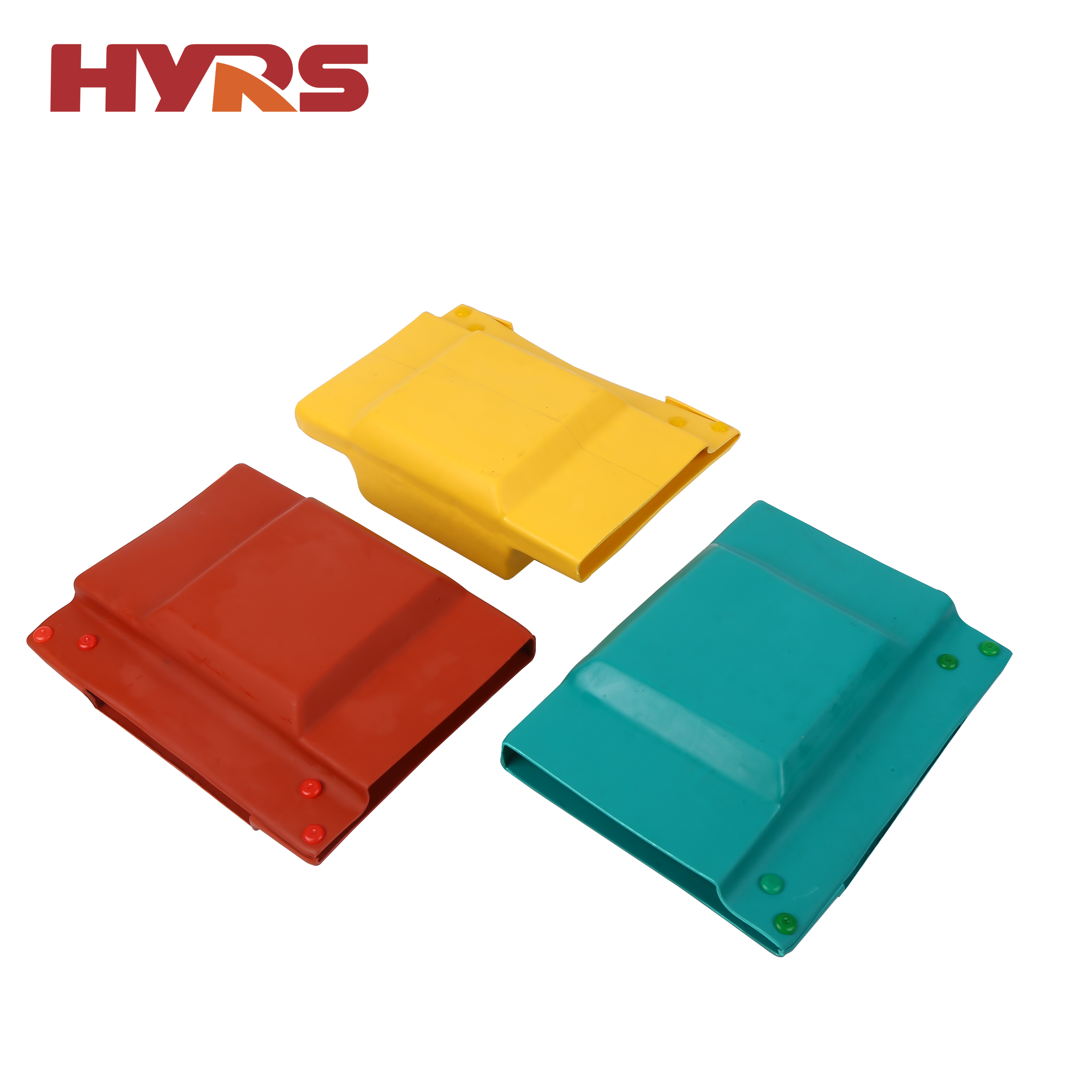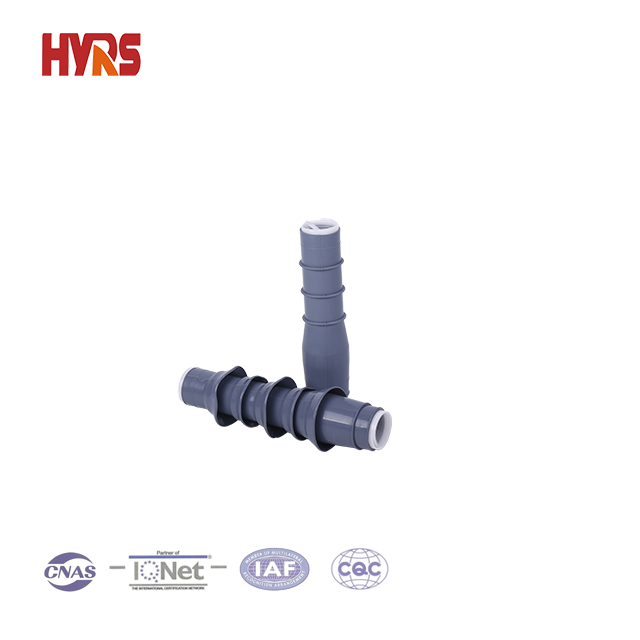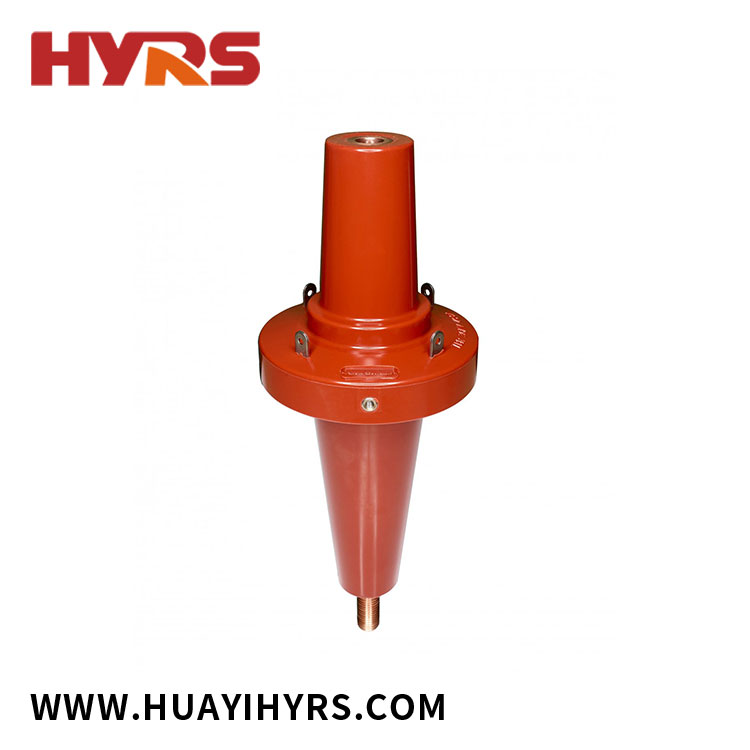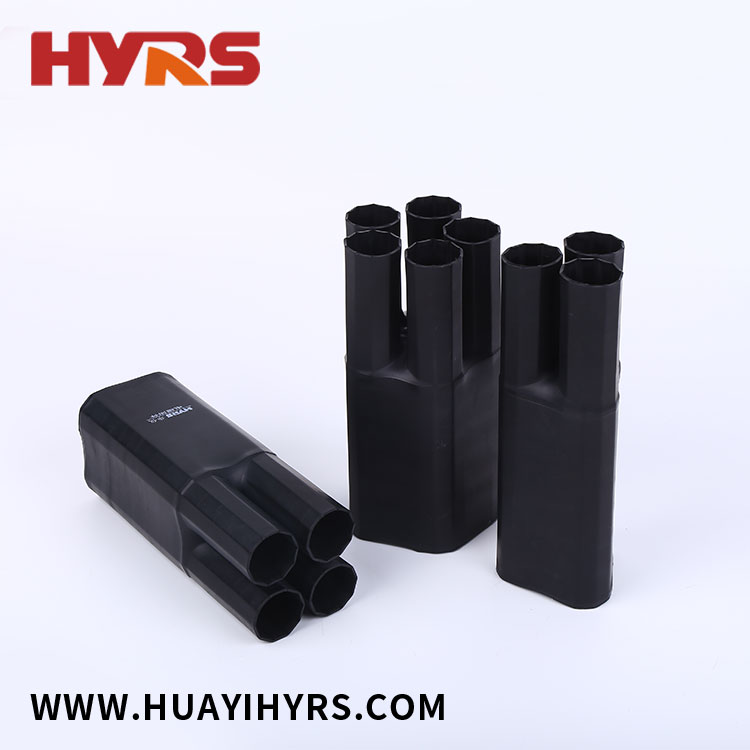If you are in the market for a bus-bar cover, you may have come across two popular types: silicone rubber and heat shrinkable bus-bar covers. Both are designed to protect bus-bars from dust, moisture, and damage. But what sets these two types apart? Let's take a closer look.
Silicone Rubber Bus-bar Cover
Silicone rubber bus-bar covers are made of a durable, flexible material that can withstand a wide range of temperatures, ranging from -40℃ to 200℃. This makes them an ideal choice for harsh environments such as chemical plants, oil refineries, and power stations. They are also resistant to UV radiation, ozone, and harsh weather conditions, making them ideal for outdoor use.
Silicone rubber bus-bar covers can be easily installed and removed, thanks to their split design that allows for easy access to the bus-bar. They also come in a range of sizes and thicknesses to accommodate different bus-bar sizes and configurations. The covers can be customized with logos, warning labels, or other markings to meet specific requirements.
Heat Shrinkable Bus-bar Cover
Heat shrinkable bus-bar covers, on the other hand, are made of a thin, flexible polymer that can be easily shrunk to fit over the bus-bar. The polymer material is coated with an adhesive lining that ensures a secure fit over the bus-bar. Once installed, the cover creates a tight, seamless bond that protects the bus-bar from moisture, dust, and mechanical damage.
Heat shrinkable bus-bar covers are available in a variety of sizes and thicknesses, making them ideal for different bus-bar configurations. They are also easy to install and can be cut to length using a pair of scissors. Once installed, the covers require minimal maintenance and can provide reliable protection for years.
The Main Differences
So, what are the main differences between silicone rubber bus-bar covers and heat shrinkable bus-bar covers? Here are a few factors to consider:
- Temperature range: Silicone rubber covers can withstand higher temperatures than heat shrinkable covers, making them ideal for harsh environments with extreme temperatures.
- Durability: Both types of covers are durable, but silicone rubber covers are more resistant to tears and punctures.
- Ease of installation: Heat shrinkable covers are easy to install and require no special tools, while silicone rubber covers require a bit more effort to install due to their split design.
- Customization: Silicone rubber covers can be customized with markings, logos, or warning labels, while heat shrinkable covers do not offer the same level of customization options.
Conclusion
In conclusion, both silicone rubber bus-bar covers and heat shrinkable bus-bar covers offer reliable protection for bus-bars. The choice between the two depends on the specific requirements of the application. If you are looking for covers that can withstand extreme temperatures and offer greater customization options, silicone rubber covers may be the best choice. If you prefer an easy-to-install cover that can provide reliable protection in most environments, heat shrinkable covers may be the better choice.


 English
English  Español
Español  Português
Português  русский
русский  Français
Français  日本語
日本語  Deutsch
Deutsch  tiếng Việt
tiếng Việt  Italiano
Italiano  Nederlands
Nederlands  ภาษาไทย
ภาษาไทย  Polski
Polski  한국어
한국어  Svenska
Svenska  magyar
magyar  Malay
Malay  বাংলা ভাষার
বাংলা ভাষার  Dansk
Dansk  Suomi
Suomi  हिन्दी
हिन्दी  Pilipino
Pilipino  Türkçe
Türkçe  Gaeilge
Gaeilge  العربية
العربية  Indonesia
Indonesia  Norsk
Norsk  تمل
تمل  český
český  ελληνικά
ελληνικά  український
український  Javanese
Javanese  فارسی
فارسی  தமிழ்
தமிழ்  తెలుగు
తెలుగు  नेपाली
नेपाली  Burmese
Burmese  български
български  ລາວ
ລາວ  Latine
Latine  Қазақша
Қазақша  Euskal
Euskal  Azərbaycan
Azərbaycan  Slovenský jazyk
Slovenský jazyk  Македонски
Македонски  Lietuvos
Lietuvos  Eesti Keel
Eesti Keel  Română
Română  Slovenski
Slovenski  मराठी
मराठी  Srpski језик
Srpski језик 




